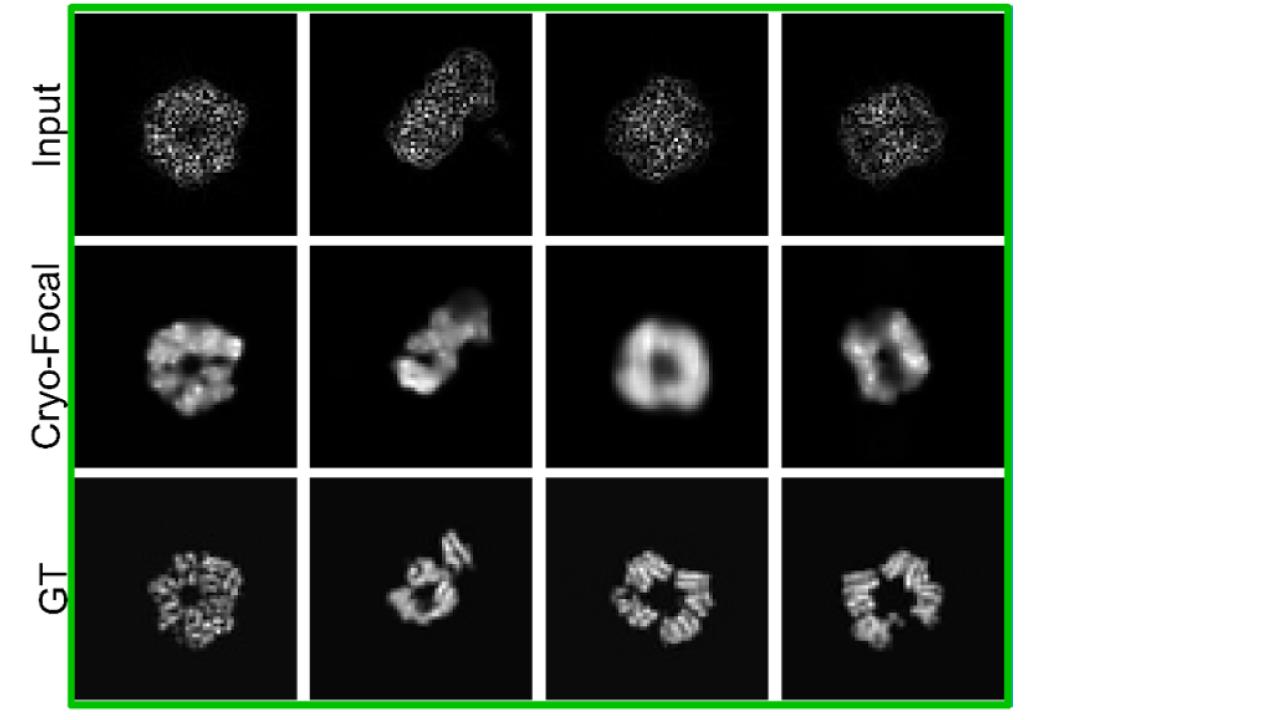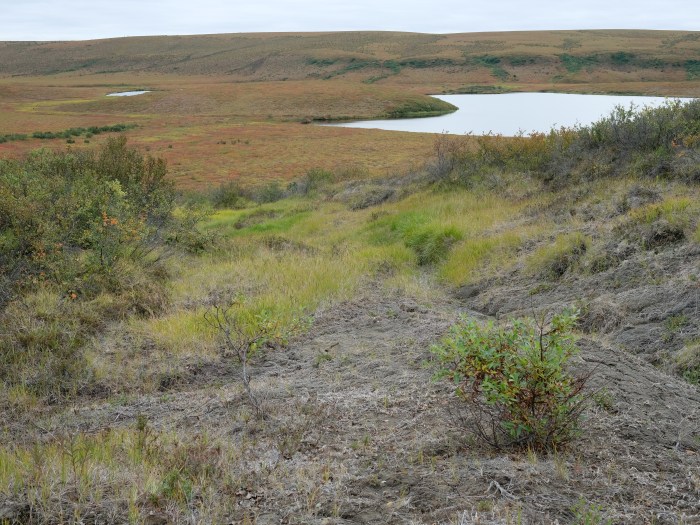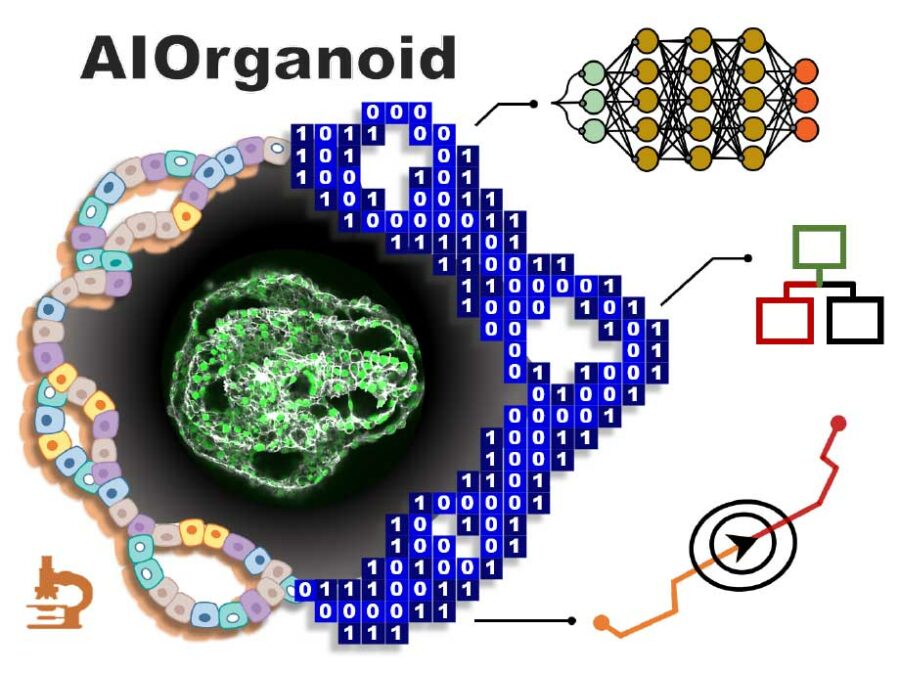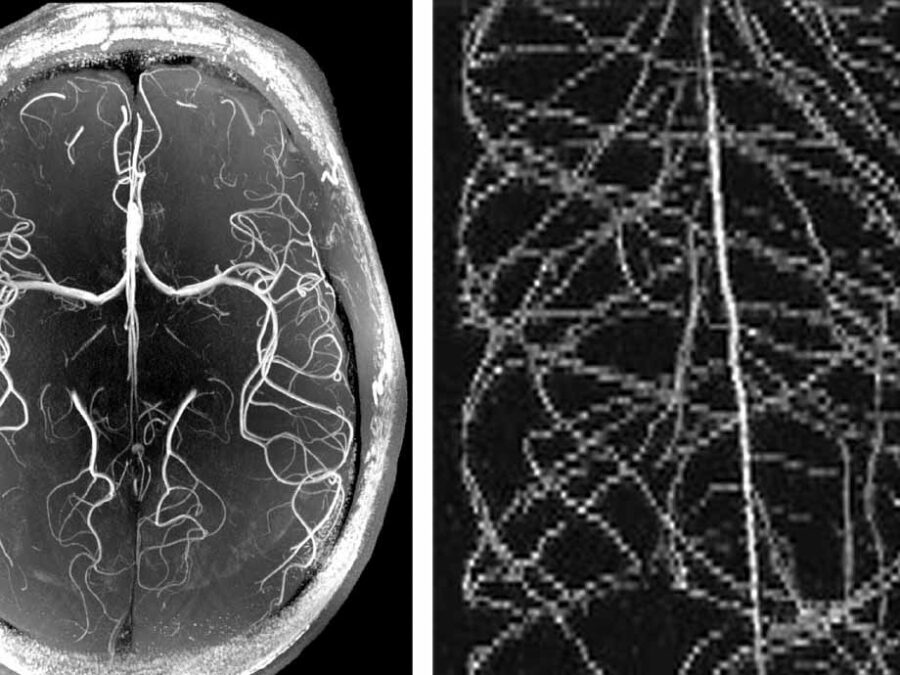cryoFocal
3D Reconstruction from defocused cryo-EM images

In situ structural biology allows scientists to study biological molecules directly in their native cellular environment. However, conventional cryo-electron tomography (cryo-ET) is both costly and time-intensive.
We will probe a novel approach where we will attempt to reconstruct biological molecules from series of defocused cryo-EM images. We will use a combination of physical simulations and convolutional neural networks to optimize the quality of final reconstructions.
Cryo-focal could significantly lower the barrier to in situ structural biology, broadening access for both fundamental research and pharmaceutical applications.
Other projects

HIT Permafrost
The Hidden Image of Thawing Permafrost
The project aims to develop a method for determining just how extensively thaw processes have already progressed in permafrost regions. The machine learning approach to be developed will be used to analyse radar images from aircraft in order to learn more about the properties of the subsurface permafrost.
AIOrganoid
Artificial Intelligence Assisted-Imaging for Creating High-yield, High-fidelity Human Lung Organoid
AIOrganoid will apply cutting-edge imaging techniques and develop novel AI-based solutions to facilitate human lung organoid formation with high yield and fidelity, bridging the gap between cell biology and computational imaging.
HighLine
High Image Quality for Lines in MRI: From Roots to Angiograms
MR images of roots and vessels are very similar: both display thin, line-like objects. The aim of the project is to increase image quality of both kind of MR data by exploiting their similarity. HighLine aims at obtaining high quality images in reduced scan time to lower patient burden and increase patient and plant throughput by adapting state-of-the-art 3D image enhancement methods, and developing new deep-learning based methods.